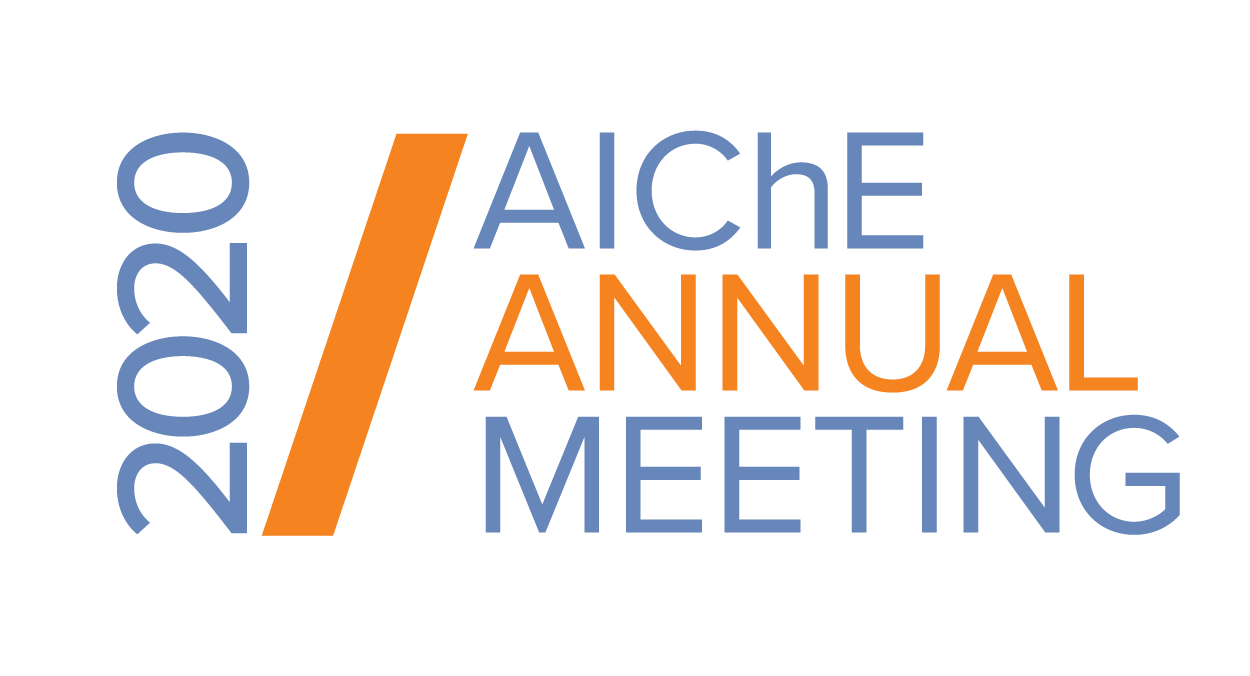

- The model selection and parameterization: few models exist today either in literature and even worse in industrial simulators, that are able to describe the non-idealities of these systems in a large range of temperatures, pressures and composition.
- Often these systems are reactive, which means that in addition to non-idealities, formation or reaction properties must be available. Although information on reaction properties exist, they may be difficult to reconcile when considering other reaction types, as well identified by [2]. Issues on reference states must also be very carefully analyzed.
- Finally, the possible presence of several solid phases results in the need for adequate solubility data, but also of algorithmic tools that are able to use complex stability analysis.
The workflow that is proposed in this project, follows a three steps approach:
- The first step consists in data analysis. This implies collection of data and test of their consistency. These tests leads to an improved understanding of the expected trends. Such a detailed analysis was performed on monovalent salts in water
- The second step consists in using predictive tools for extrapolating the data in the range of industrial interest. These tools may be molecular simulation or theoretical equations of state. The project closely collaborates with the European-funded project led by Prof. Kontogeorgis on SAFT-type equations of state.
- The third step consists in developing best practices for parameter regression on equations that are available in process simulators. The Aspen e-NRTL [3] equation is used as a benchmark to investigate this part.
This three-step approach is being examined during the three years of the JIP on systems of increasing complexity: first electrolytic systems without chemical reactions, then with chemical reactions, and finally with solids management.
The presentation will summarize the achievements so far and lay some perspectives for future work. The final objective is to promote collaboration in this context.
References
[1] E. Hendriks, G.M. Kontogeorgis, R. Dohrn, J.C. de Hemptinne, I.G. Economou, L.F. Z¦îilnik, V. Vesovic, Ind.Eng.Chem.Res. 49 (2010) 11131–11141.
[2] P.M. May, D. Rowland, New J. Chem. 42 (2018) 7617–7629.
[3] C.C. Chen, L.B. Evans, AIChE J. 32 (1986) 444–454.
